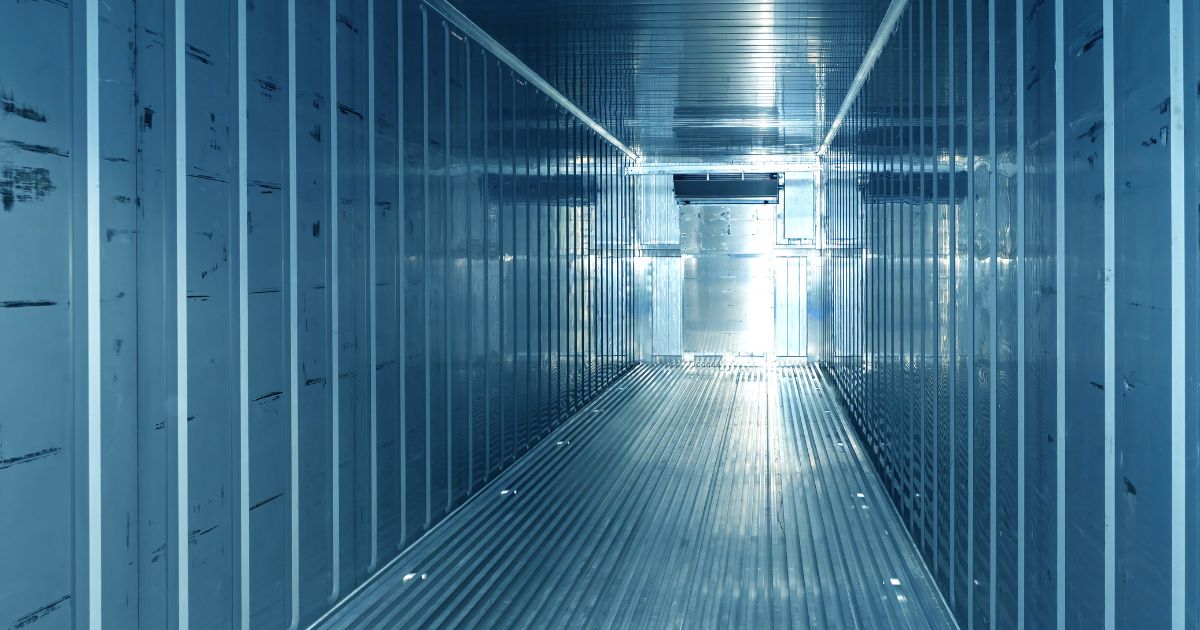Shipping containers work for almost any type of structure. Whether you want to build a commercial space, a residential area, or the perfect storage location, you have many things to consider. Here are some of the essential steps to design a custom shipping container for your needs and how you can ensure it all comes together smoothly.
Plan Your Concept
The first step is knowing what your concept is. Will there be a lot of foot traffic in your custom container? What’s the primary function going to be? The general ideas for an office building will drastically differ from the construction of a restaurant, so you want to have a firm grasp of your basic ideas.
Find a Container
Once you know what you want, you want to find a container or multiple containers that can make it a reality. Typically, containers are either 10, 20, or 40 feet long, so you can use those measurements to decide what works best for you. From there, you can decide to buy a new container or invest in refurbishing a used one.
Work With Professionals
Consulting a professional shipping container company can help a lot throughout the process. International Port Management Enterprise will help you along the way, and our experts will guide you through permits and zoning requirements. They’ll also help put you in touch with people who can aid you with construction.
Create Your Layout
An important step in designing a custom shipping container for your needs is creating the layout. This is the step where you map out door and window placement, electrical outlets, plumbing, and other details to ensure it can all come together. A professional company can help determine if any of your plans will interfere with the container’s structural integrity.
Add Necessary Features
The actual construction of your container is one of the longest and most exhaustive steps. The necessary features may vary depending on what you’re going to use it for. For example, a storage unit may just need proper ventilation, but a café requires plumbing, insulation, electricity, and other utilities.
Consider Add-Ons and Safety Measures
Bringing add-ons to your container is your opportunity to decorate and furnish it to your liking. Will you need tables and chairs, desks, or high-quality appliances? This step may also be when you decorate your container to fit a certain vibe or aesthetic and paint walls or install carpeting. You may also want to install security devices, including smoke alarms, cameras, and locking mechanisms.
Think About Transportation
The last vital step to consider now is how you’re going to transport your container to where it needs to go. When you work with professionals, much of the construction occurs at a designated workshop rather than on the final site. If you have a permanent address in mind, you may need to talk to your container company about bringing it to the new spot.
To learn more about the potential of modified shipping containers, reach out to International Port Management Enterprise. We have years of experience working with personal and private industries in designing and manufacturing ideal container structures. For more details, check out our helpful blogs or contact us anytime to speak with a member of our team.

